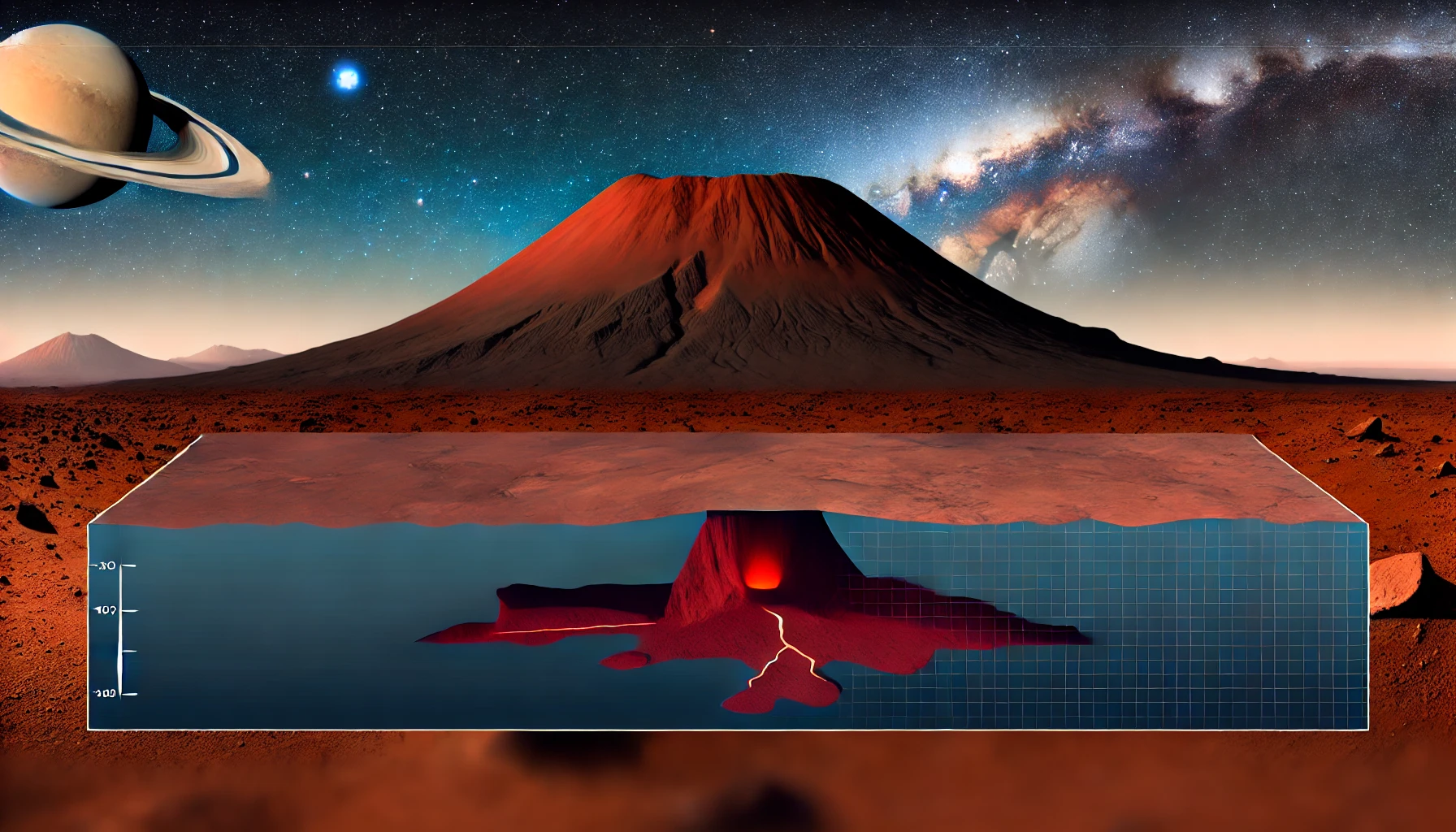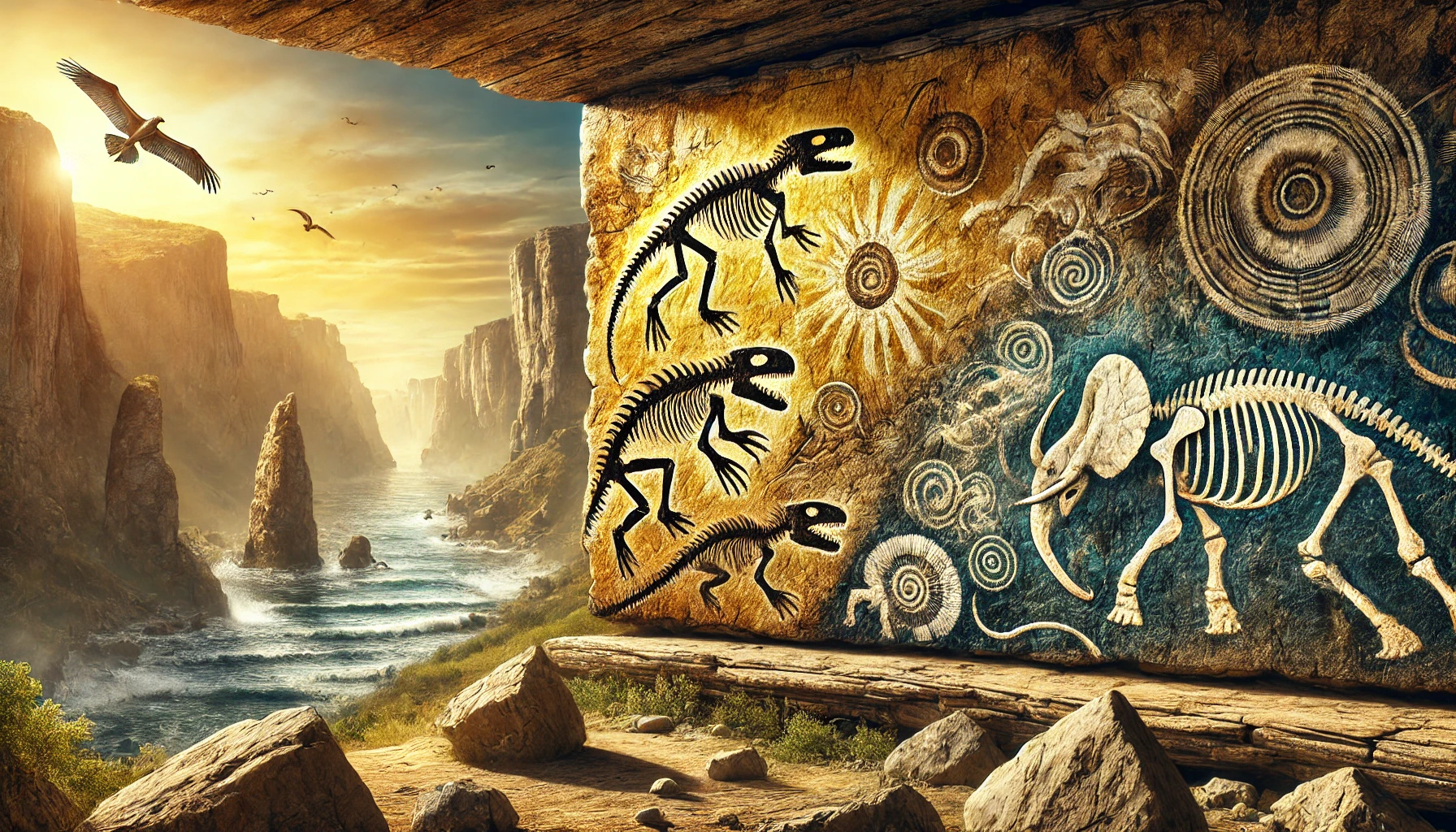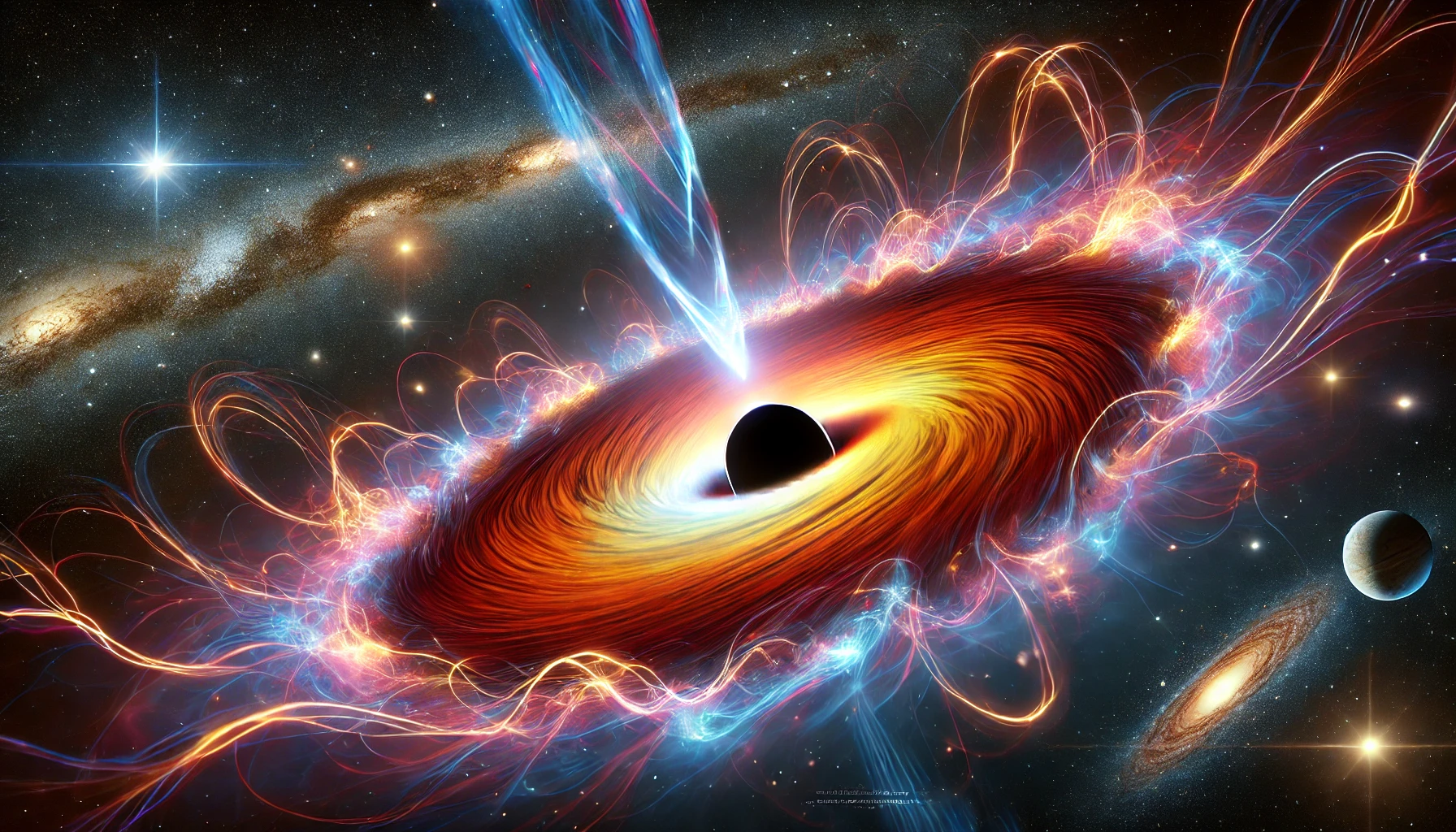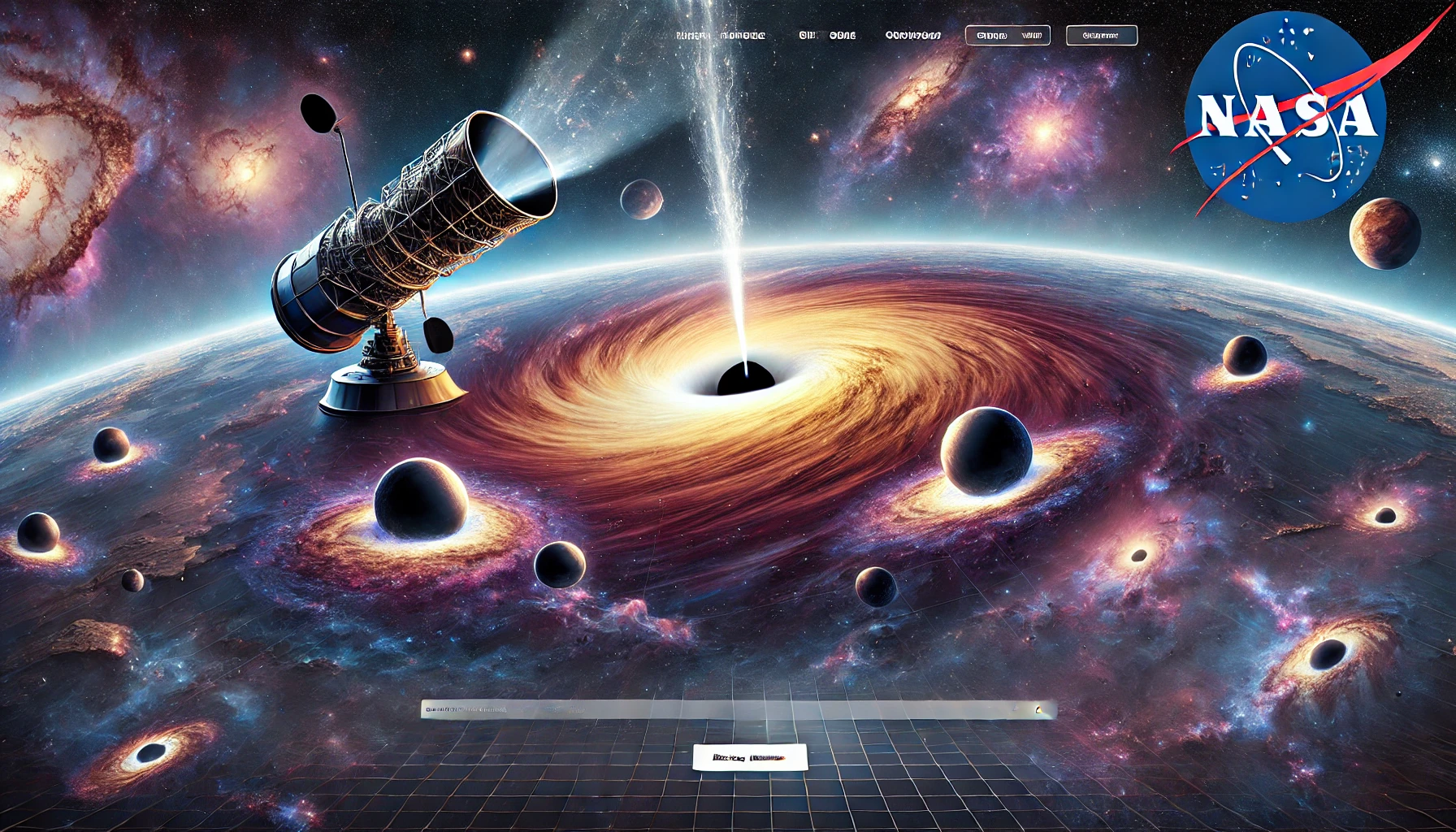Have you ever had a disturbing thought cross your mind unexpectedly, leaving you feeling anxious or even guilty? These unexpected, often distressing ideas are known as intrusive thoughts, and they are more common than many people realize. While some individuals shrug them off, others may find these thoughts alarming and disruptive, leading them to wonder if something is wrong. Understanding intrusive thoughts, including their meaning, causes, and how to deal with them, is essential in addressing and managing them effectively. In this blog post, we’ll …
Mars has always captivated our imagination, from its red hue to the evidence of ancient water channels snaking across its surface. But one of the most fascinating features of the Red Planet is undoubtedly Olympus Mons—the largest volcano in the solar system. Towering at approximately 13.6 miles (22 kilometers) high and spanning about 370 miles (600 kilometers) in diameter, Olympus Mons dwarfs Earth’s tallest mountains and volcanoes. Recent studies suggest that this colossal shield volcano might still be sitting above a vast magma pool stretching …
Fossils often reveal ancient stories that have been hidden beneath layers of earth for millions of years. In an exciting new discovery, a fossilized creature might hold the key to explaining an ancient painting on a rock wall. This finding merges two distinct yet interconnected worlds: the scientific study of prehistoric fossils and the cultural significance of ancient rock art. Let’s dive deep into how fossilized creatures and paleolithic art come together to paint a richer picture of human history and evolution. The Connection Between …
Mars has long captivated the human imagination, from its distinctive reddish hue to its potential for harboring life. As technology advances, we’re getting closer to unraveling its secrets. One of the most intriguing discoveries on the planet’s surface are formations known as Mars Spiders, scientifically referred to as araneiform terrain. These unique surface features, coupled with Mars’ ice caps and seasonal changes, reveal much about the planet’s climate and geological processes. This article will explore Mars’ geology, the role of CO2 sublimation in the creation …
Black holes have long fascinated astronomers and astrophysicists, primarily due to their mysterious nature and immense power. Among the most intriguing aspects of black holes are the massive jets of plasma they emit, known as black hole jets. These cosmic plasma ejections, or astrophysical jets, extend for millions of light-years and play a crucial role in shaping the galaxies they inhabit. In this blog post, we will delve deep into the phenomena of black hole jets, plasma jets, and related concepts, offering a comprehensive understanding …
NASA is once again on the cutting edge of space exploration with the Roman Space Telescope (formerly known as the Wide Field Infrared Survey Telescope, or WFIRST). Designed to investigate the mysteries of dark energy, exoplanets, and the distant universe, this groundbreaking telescope will play a critical role in future astronomical discoveries. With NASA recently completing the spacecraft that will transport and support the Roman Space Telescope, the countdown to its highly anticipated launch is underway. In this post, we will dive into the mission …
The mysteries of black holes have fascinated scientists and the public alike for decades. But while much of the attention has focused on supermassive black holes and their effects on galaxies, a lesser-known but equally intriguing type of black hole may be lurking in our own neighborhood: primordial black holes. These tiny, ancient remnants from the early universe could be zooming through our solar system every decade without us even knowing. But what exactly are these primordial black holes, and how could their presence impact …
Exploring the “Third State” Beyond Life and Death: A New Frontier in Biology For centuries, life and death have been regarded as distinct states, separated by the irreversible cessation of biological functions. However, recent scientific advancements suggest that this binary view of existence may be incomplete. Researchers are now exploring the possibility of a third state that exists beyond the traditional boundaries of life and death. This emerging state offers a glimpse into how cells and organisms can continue to function, adapt, and even transform …
Astronomers have long been fascinated by black holes, those mysterious, gravitational wells of the universe that trap everything, including light. But recent discoveries by NASA’s Hubble Space Telescope have revealed that there are far more black holes in the early universe than previously thought. This groundbreaking discovery has left scientists rethinking how black holes formed and evolved over time, especially in the early stages of the universe’s existence. In this post, we’ll explore what NASA’s Hubble has uncovered, how these discoveries challenge existing theories of …
Vincent van Gogh’s Starry Night is one of the most celebrated masterpieces in the world of art, known for its swirling skies and vibrant energy. But what many people don’t realize is that Starry Night is also a brilliant representation of real scientific phenomena. Recent studies by physicists have revealed that hidden turbulence lies within the painting, capturing the complexity of fluid dynamics more than half a century before scientists formulated the math to describe it. This unique intersection of art and physics highlights the …










